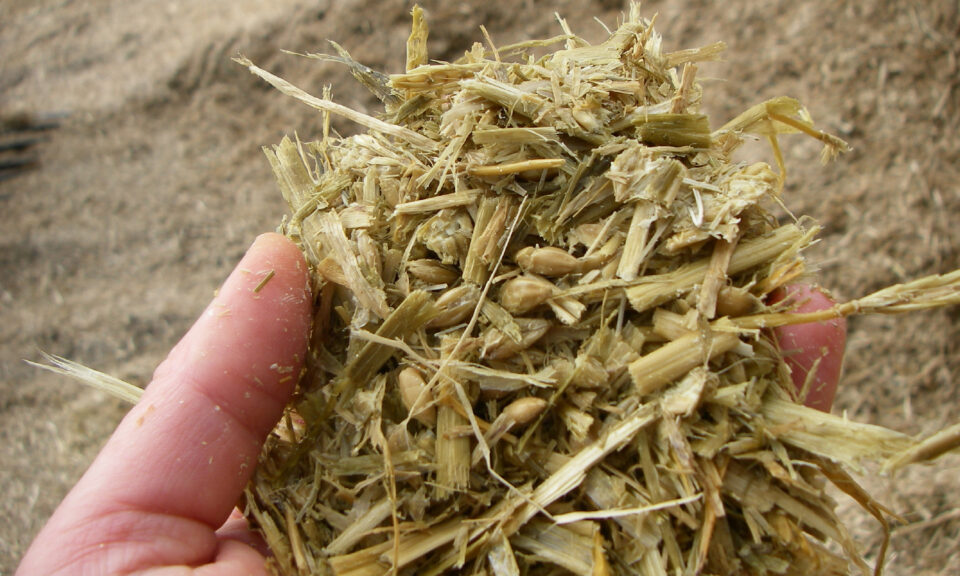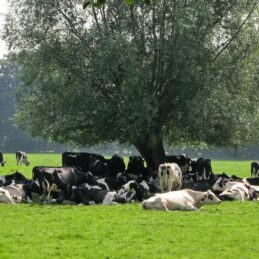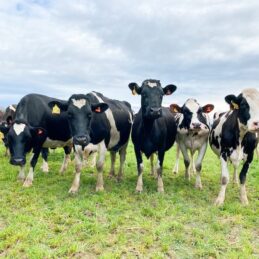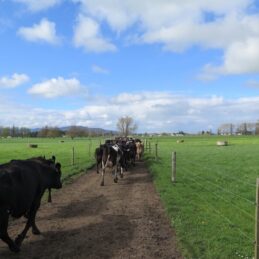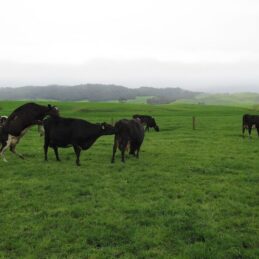Written by David Lewis, Lallemand Animal Nutrition
Warmer growing conditions and improved plant breeding have improved most cereal silages’ harvest index (HI).
While maize and pasture remain the most common silage sources in more northerly areas (including the South Island), cereals are more common in the southern regions and can produce a high quality and nutritious silage.
Twenty years ago, cereal silage had a poor reputation due to its relatively low yields and nutrient levels and poor ensiling practices. Improved harvesting techniques and the availability of new specific silage inoculants and sealing systems means we can now produce high-quality cereal silages with more than 20 per cent starch levels.
Harvested at a higher dry matter level, whole crop cereal silages also have a relatively low acid loading, increasing their flexibility as a feed. Any cereal crop, including wheat, barley, triticale and oats, can be ensiled with good management. Crops to be cut for whole crop silage should be managed as if they are being grown for grain.
Always choose a variety to suit local conditions best and provide adequate nutrition and protection against weeds, disease and fungal and insect pests if necessary.
Harvest the crop at 32 to 35% dry matter, even up to 45% if using MAGNIVA® Platinum inoculant, using a 10 to 15 mm chop length to combat the large hollow stems in more mature crops. Aim to achieve a packing rate of about 250 kg DM per cubic metre. Fill, pack, and seal the silage stack as quickly as possible to minimize exposure to air.
The use of strain-specific inoculants is essential. Whole crop cereals will contain higher levels of fermentable carbohydrates, which help to drive fermentation however can leave residual sugars in the silage. In turn, these sugars can become food sources for yeasts that cause spoilage. This is compounded by the fact that whole-crop forage cereal crops often carry a higher load of native yeasts and moulds because they are harvested later in their growth. Combining a readily available food source and oxygen can cause instability and spoilage problems during storage and feeding out. Lallemand’s MAGNIVA Platinum® combines the newly discovered and patented Lactobacillus hilgardii CNCM I-4785 strain combination with the industry gold standard, L. buchneri NCIMB 40788.
This combination has scientifically proven to provide a fast, efficient fermentation and greater aerobic stability during ensiling, storage and feeding out, minimising dry matter loss and spoilage. As soon as packing is completed, the silage should be covered and sealed with new plastic sheeting, preferably new-generation oxygen barrier film.
One option includes SiloStop® Orange, a 45-micron oxygen barrier film that is applied as the oxygen barrier underlay to a reusable UV-stable protection cover (such as SiloStop® Anti UV Cover) or conventional black/white polyethylene film. Each plastic sheet should overlap the other by at least one metre and then be weighed down with gravel bags to seal joins and edges against oxygen entering the silage.
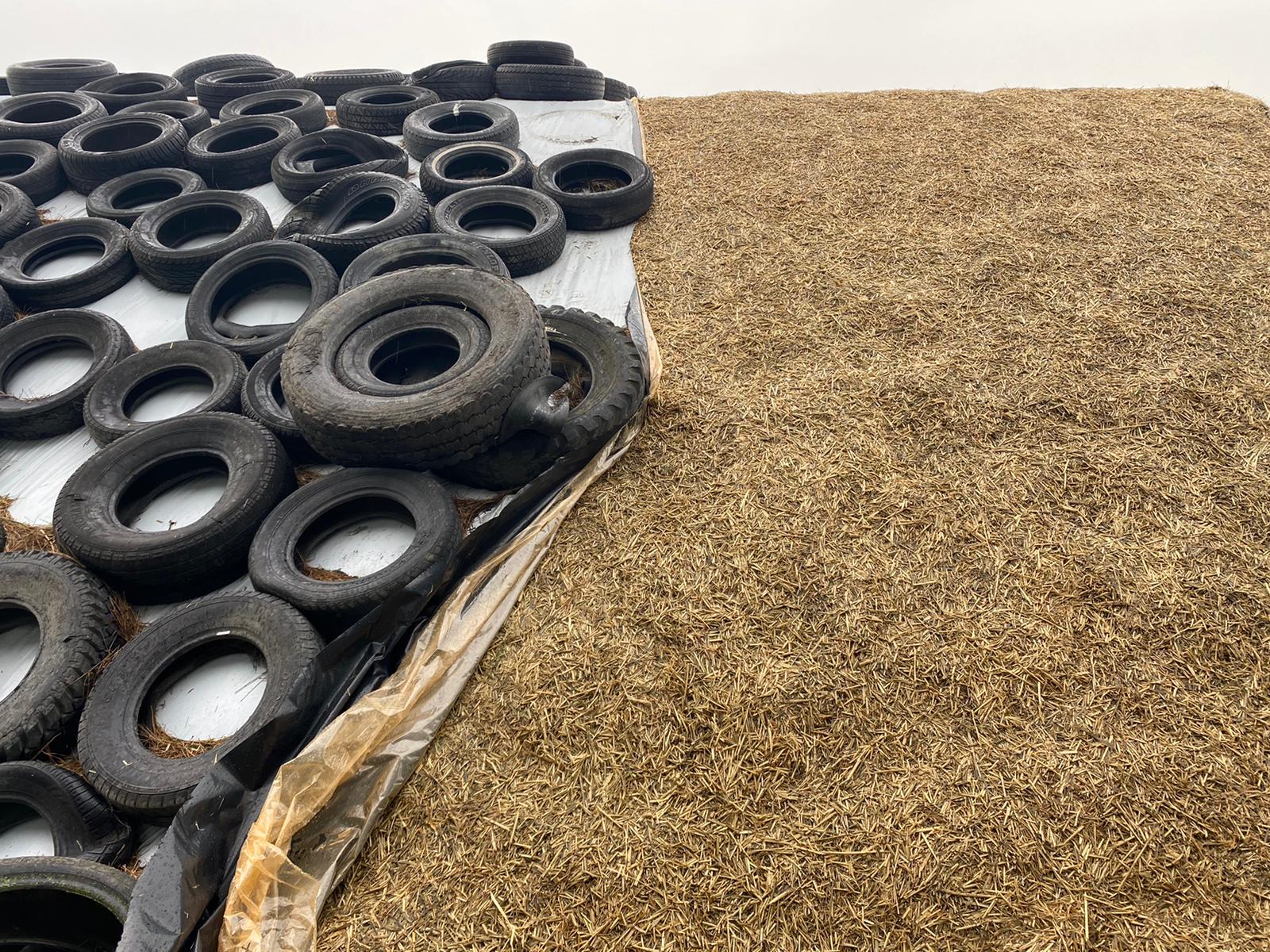
Wholecrop cereal silage without visible spoilage can be achieved with MAGNIVA Platinum and SiloStop oxygen barrier.
Good management is also required during the feed-out period. Silage should ideally be removed using a specialist silage cutter rather than a grab or forks to protect the integrity of the silage face and minimise intrusion of oxygen into the silage. Don’t be tempted to feed spoiled silage to livestock as it can cause serious metabolic and health problems. It is best to fork off any patches of spoilage from holes and edges and not feed.

